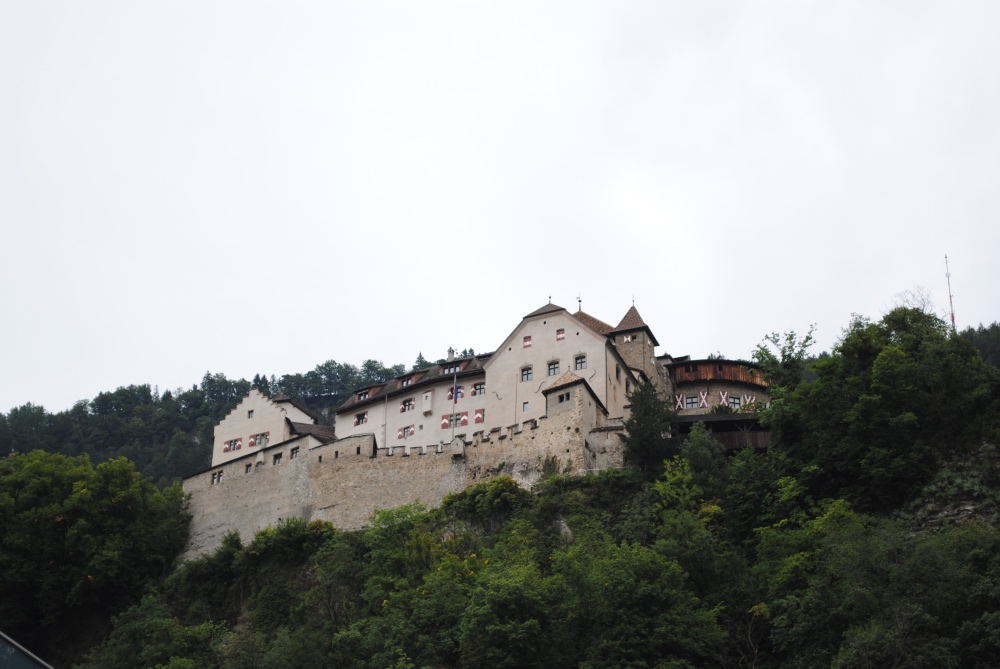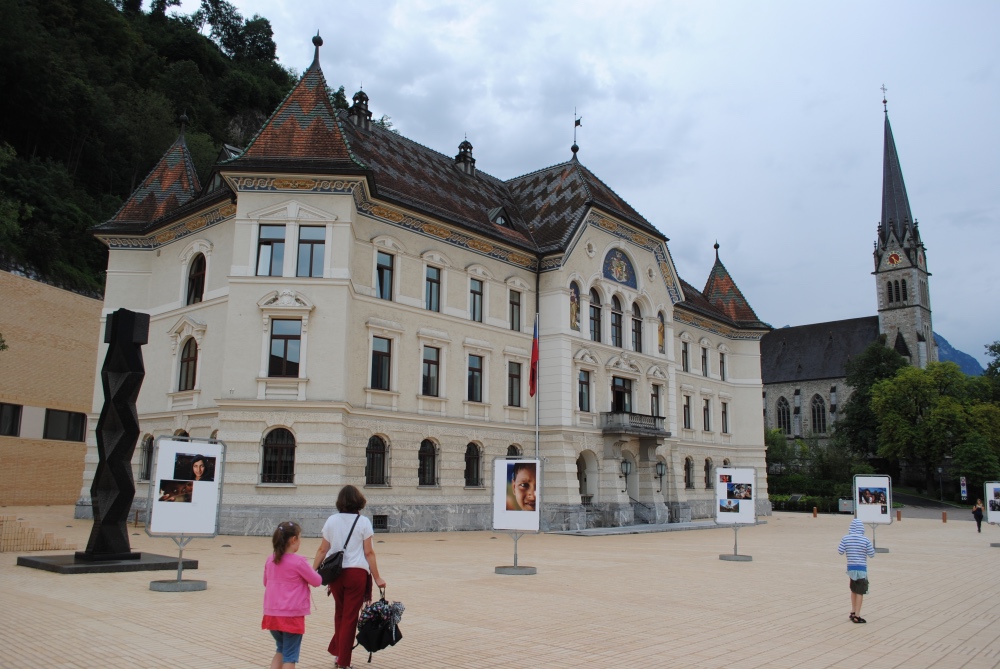
The European principality of Liechtenstein is this year marking its 300th anniversary. DAVID ADAMS takes a look at some facts and figures…
The European principality of Liechtenstein is marking its 300th anniversary this year. Here are some facts and figures…
• Liechtenstein takes its name from the ruling family, the House of Liechtenstein (the name means “light (or bright) stone” and apparently dates back to at least the 12th century). The first prince of Liechtenstein was Karl I; the current ruler is Prince Hans-Adam II who has reigned since 1989.
• The princes had initially resided in Vienna but had no lands until they purchased the earldom of Vaduz, the southern region of what is now Liechtenstein, and the lordship of Schellenberg, in what is now the north.

The capital of Vaduz. PICTURE: David Adams
• This year marks the 300th anniversary of the union of the two domains into a single sovereign state. That took place when Holy Roman Emperor Charles VI elevated the new territory to the status of a principality on 23rd January, 1719. The principality became independent of the empire in 1806 when the Confederation of the Rhine was founded.
• The doubly-landlocked country (the only other in the world is Ukraine) is sandwiched between Switzerland and Austria. It only encompasses an an area of some 160 square kilometres, making it Europe’s fourth smallest country. It’s about 24 kilometres long and 12 kilometres wide.
• The population of Liechtenstein, which numbered about 3,000 at the time of its creation, now numbers about 38,000 people.
• The capital is Vaduz and the country is divided into 11 municipalities. The north of the country is known as the ‘Unterland’ and the south, the ‘Oberland’. Vaduz Castle, which rises about the town, is the residence of the princely family.

The seat of government in Vaduz, the capital of Liechtenstein. PICTURE: David Adams
• The official language is German, although residents speak an Alpine dialect. The currency is the Swiss franc and about three quarters of residents are Roman Catholic.
• Liechtenstein is not part of the European Union but, along with Norway, Iceland and Switzerland, is part of the European Free Trade Association of countries that belong to the European single market. The biggest employer is a company that makes power tools.
• Liechtenstein is today one of only five-debt free countries in the world and one of only 30 countries which doesn’t have a standing army (it was abolished in 1868).
Sources: Liechtenstein Government, CIA World Fact Book, Reuters, Swissinfo.ch, The Local – Switzerland





